Q1. What are the contributions mentioned in the paper "A cartesian grid embedded boundary method for the heat equation on irregular domains" ?
The authors present an algorithm for solving the heat equation on irregular time-dependent domains.
Did you find this useful? Give us your feedback

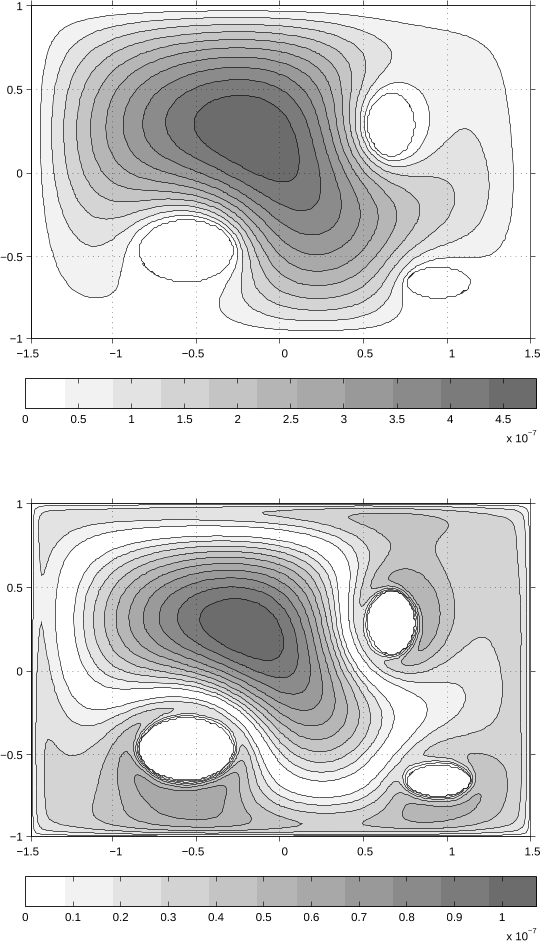
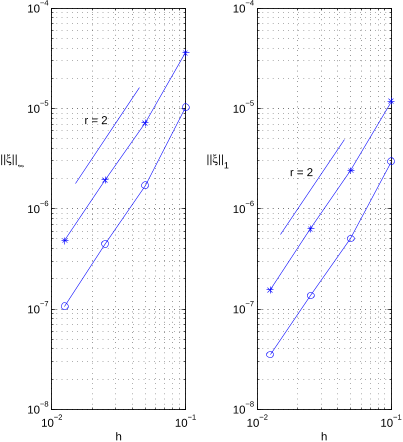
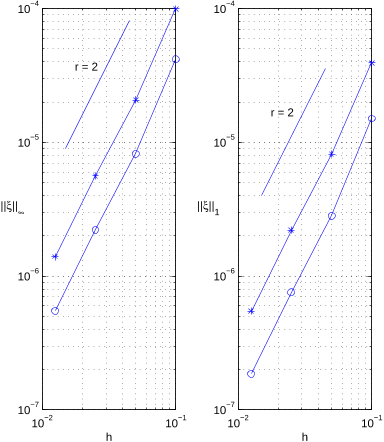






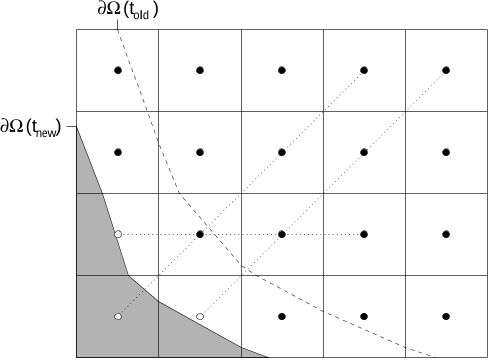
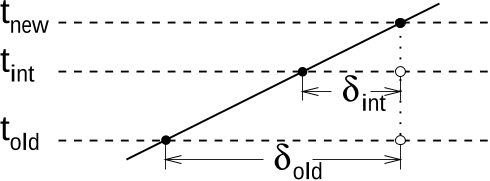
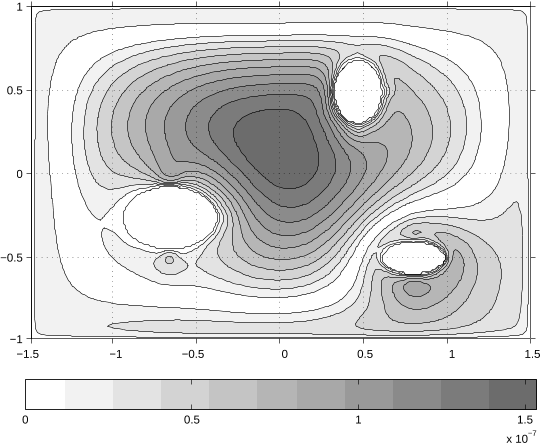

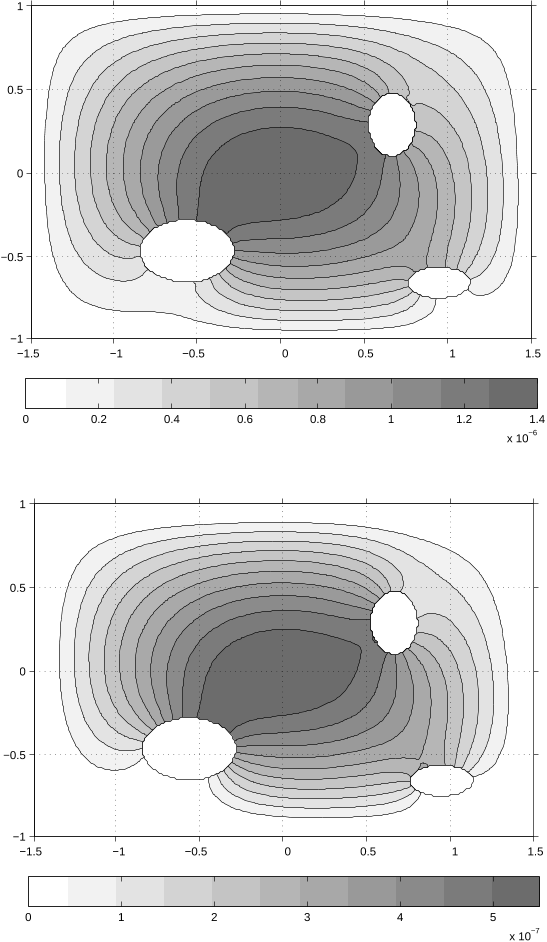
1 citations
1 citations
1 citations
...In this regard [4] and [5] have investigated a finite difference scheme for solving the variable coefficient Poisson and heat equations on irregular domains with Dirichlet boundary conditions....
[...]
1 citations
...1 Embedded Boudary Method in FronTier Embedded boundary method is a conservative finite volume discretization for elliptic and parabolic equations [9], [16], [17]....
[...]
[...]
40,330 citations
...Similar approaches based on formally inconsistent discretizations at the irregular boundary have been used previously and observed to be stable [1, 9], so we expect that the extension to the more accurate boundary discretization should be straightforward....
[...]
18,443 citations
8,299 citations
...However, it is well known that, for any domain with smooth boundary, a smooth function can be extended to all of R with a bound on the relative increase in the C norms that depends only on the domain and (k; ) [5]....
[...]
1,287 citations
...The method described here, together with that in [6] for elliptic PDEs and [8] for hyperbolic PDEs, provide the fundamental components required for developing second-order accurate methods for a broad range of continuum mechanics problems in irregular geometries based on the predictor–corrector approach in [2]....
[...]
470 citations
...As in previous work on elliptic problems [6], our approach uses a finite-volume discretization, which embeds the domain in a regular Cartesian grid....
[...]
...We follow the approach described in [6, 7]....
[...]
...With Dirichlet boundary conditions as from (3), we compute an estimate of ∂ψ ∂n by interpolating from the grid values and the values at the boundaries; for details, see [6]....
[...]
...The method described here, together with that in [6] for elliptic PDEs and [8] for hyperbolic PDEs, provide the fundamental components required for developing second-order accurate methods for a broad range of continuum mechanics problems in irregular geometries based on the predictor–corrector approach in [2]....
[...]
...This is routine for the case in which the embedded boundary is contained in the finest level of refinement [6], but requires some additional discretization design when the embedded boundary crosses coarse–fine interfaces....
[...]